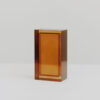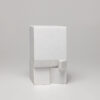Dieter Rams is a German industrial designer and one of the most influential designers of the 20th century. He is best known for his work at Braun, where he designed many iconic products, and for his ten principles of “good design.”
One of his most famous principles is “Good design is aesthetic – The aesthetic quality of a product is integral to its usefulness because products are used every day and have an effect on people and their well-being. Only well-executed objects can be beautiful.” And that’s what I’d like to explore in today’s column.
To what extent can this principle be applied at all if aesthetics is subjective? First, we should try to find a definition of what “good design” is in the first place.
What Constitutes Good Design?
There is no definitive source that defines this. Instead, there are many different references, including professionals (like Dieter Rams), theorists, educators, and critics, who all have their own opinion on what constitutes good design.
That being said, there are certain elements that are generally agreed upon as being important in good design. These include things like balance, proportion, hierarchy, rhythm, unity, and variety.
Additionally, good design should be intuitive to use and serve its purpose. It provides a solution that is visually appealing, efficient, and user-friendly. It should also be accessible, sustainable, and effective in the context in which it is used. And it should inspire people and be tailored to the target audience.
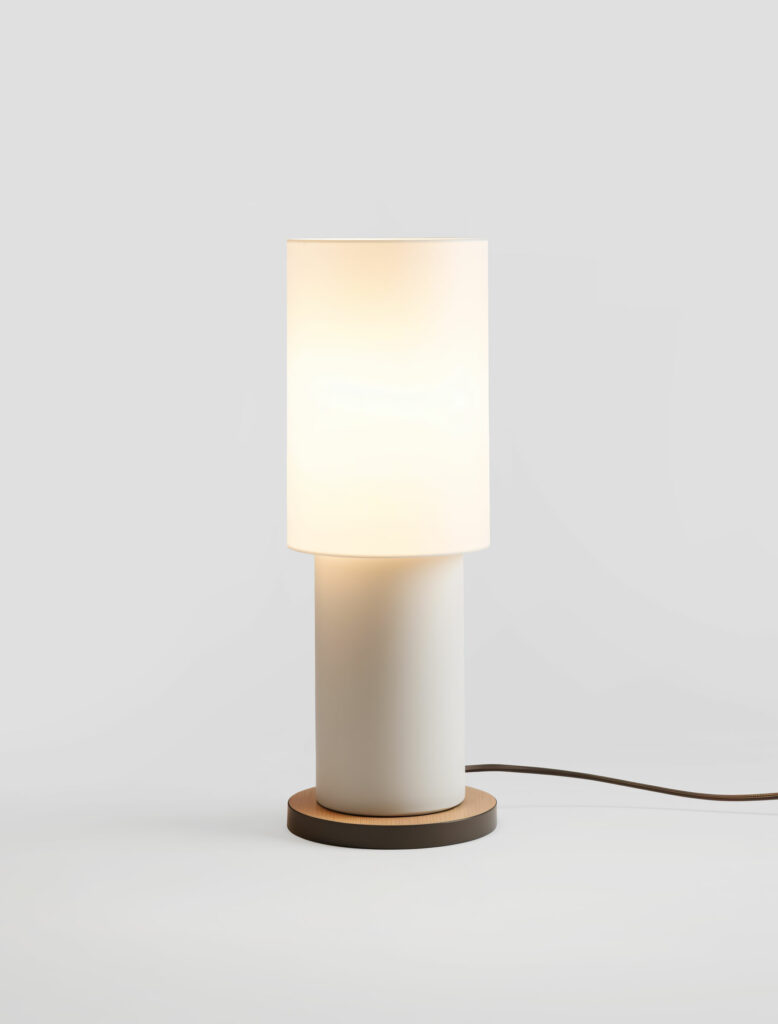
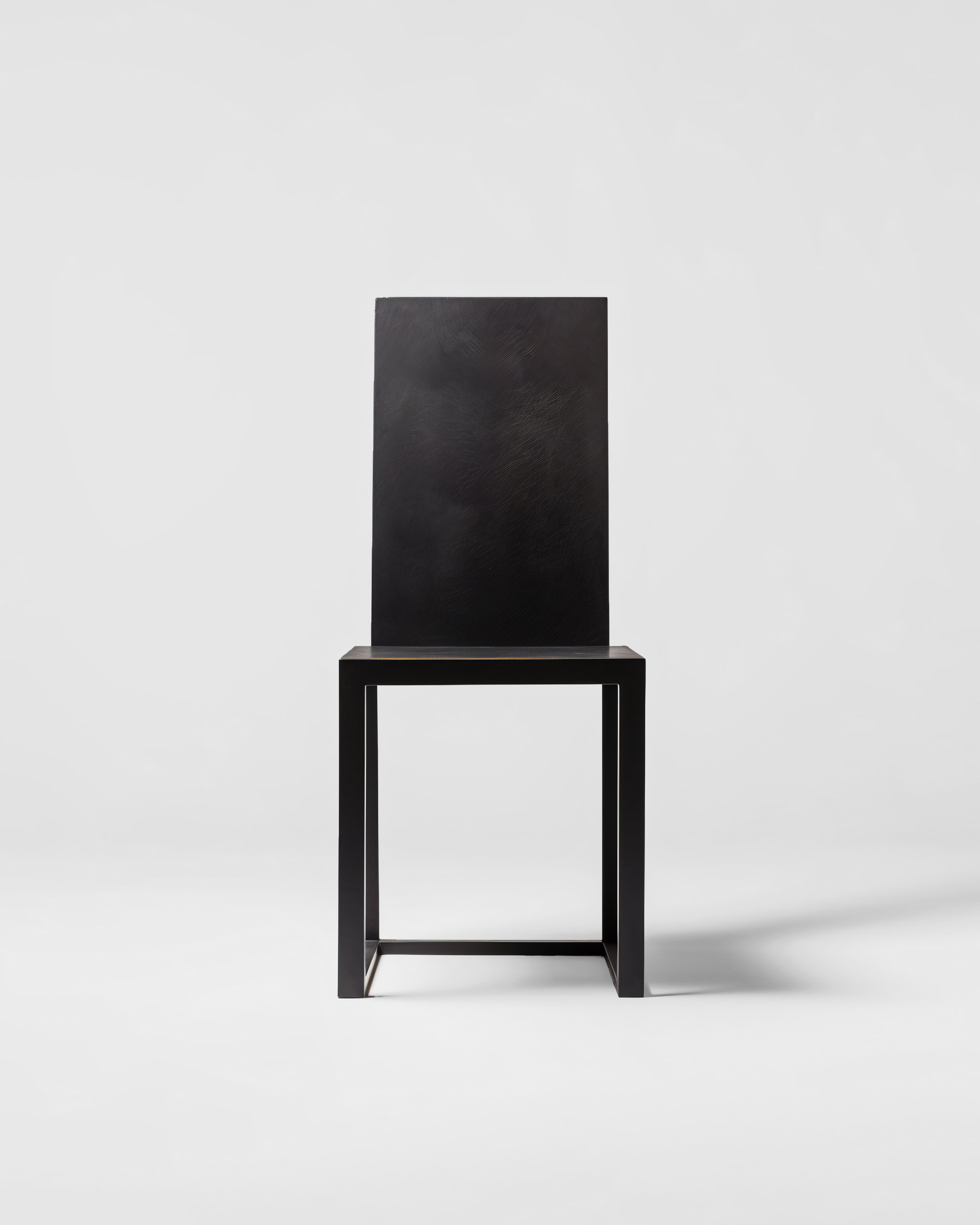
Aesthetics vs. Quality
One must not forget that good design can be aesthetic, but aesthetic design doesn’t necessarily have to be good! One works without the other but not vice versa. One should not judge the quality of the overall design on the basis of aesthetics!
So good design is about creating products, environments, or experiences that are functional, efficient, and appealing to users. Aesthetics is definitely one important aspect of it, but they are not the only consideration.
Good design can be aesthetic, but aesthetic design doesn’t necessarily have to be good!
For example, a functional and well-made piece of furniture can be considered well-designed even if it is not particularly beautiful (but that would also be purely subjective). It’s harder the other way around: if a website or app is incredibly aesthetically pleasing but fails in user experience and is therefore difficult or impossible to use, aesthetics are of no use here at all.
But whether something is truly “good” designed is ultimately defined by the user and/or consumer. Designers should therefore strive to also meet the needs and expectations of the target group to create a successful product or experience.
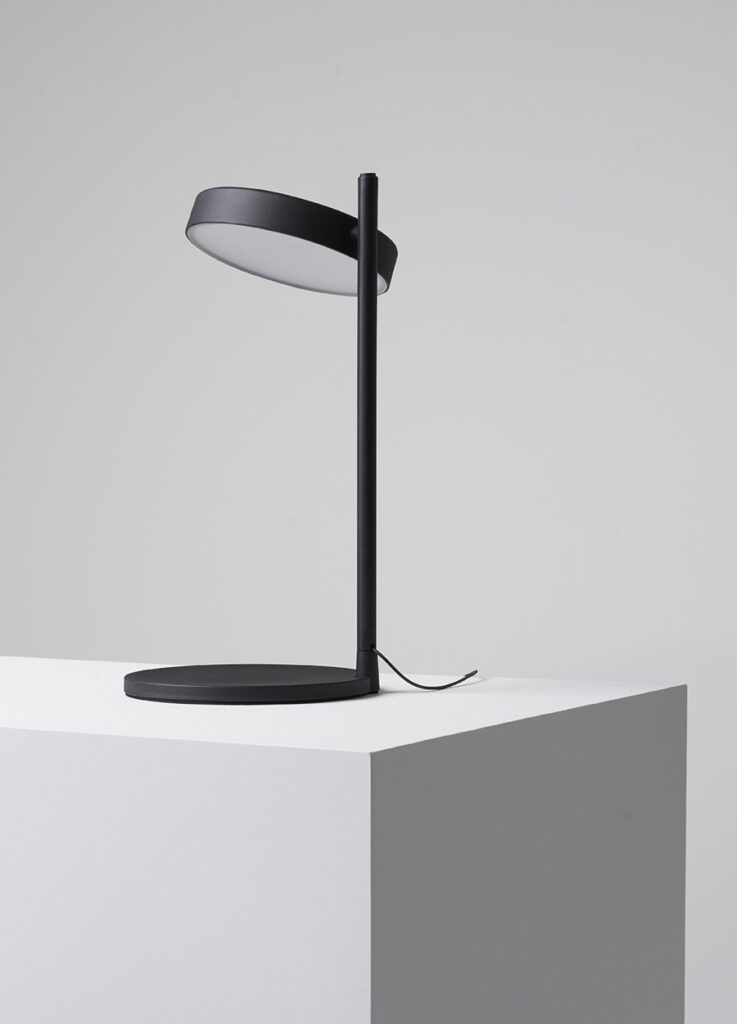
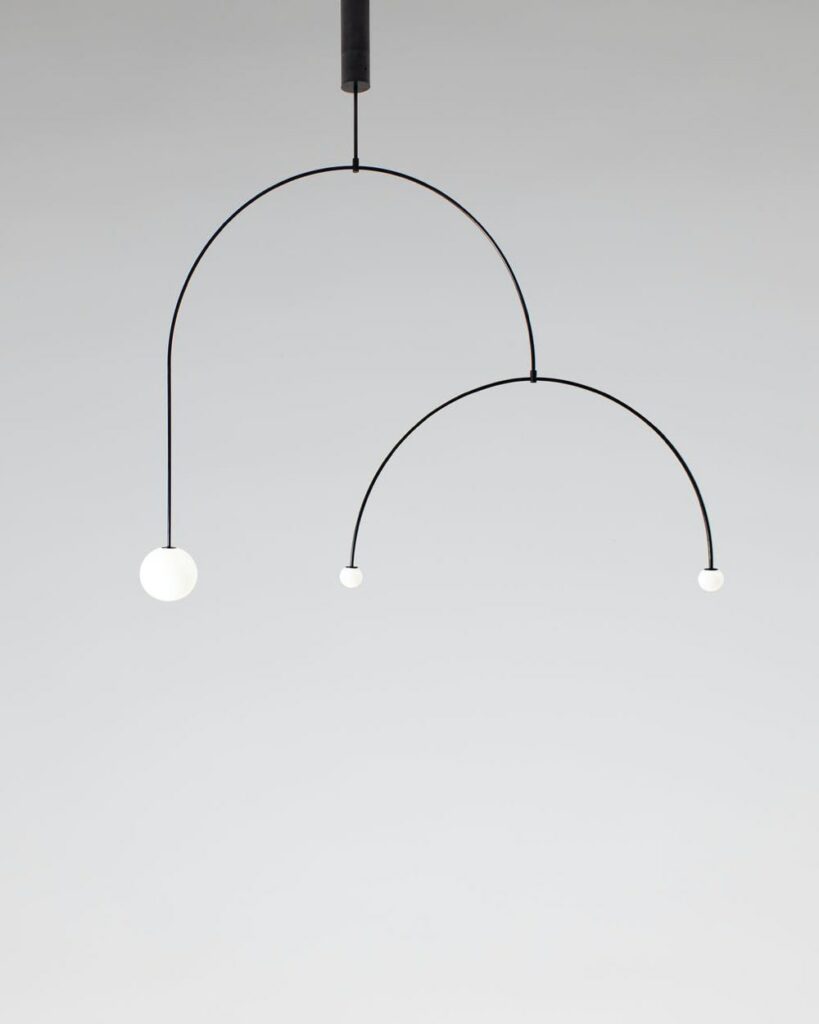
Aesthetics as Part of Personal Values
Whether something is perceived as aesthetic or not is purely subjective. Of course, there are certain objective design elements that are perceived the same way by most people’s brains. For example the use of colors, shapes, symmetries, etc. However, how each individual experiences them varies. This is nothing new. Especially when it comes to human-made things, people’s subjective perceptions diverge widely, as an interesting study by the Max Planck Institute for Empirical Aesthetics recently found out.
So, as always, it’s about finding the perfect balance between function and creating something that is aesthetically pleasing.
As a user, everyone has to decide for themselves whether they want to use products, websites, etc. that don’t appeal to them aesthetically. For me personally, aesthetics is a significant aspect and part of my values. After all, using an aesthetic product is much more fun. Therefore, for me personally, the answer to this question is clearly yes!
So the principle of Dieter Rams has its importance in any case. But whether the end product is ultimately perceived as aesthetic by the user cannot be influenced.
How about you guys? Do you think that good design must necessarily be aesthetic?
About Exploring Aesthetics:
Sarah loves asking questions and exploring the things she engages with on a daily basis. Exploring aesthetics is her column which discusses art, design, and aesthetics to explore, inspire, and question the status quo.
